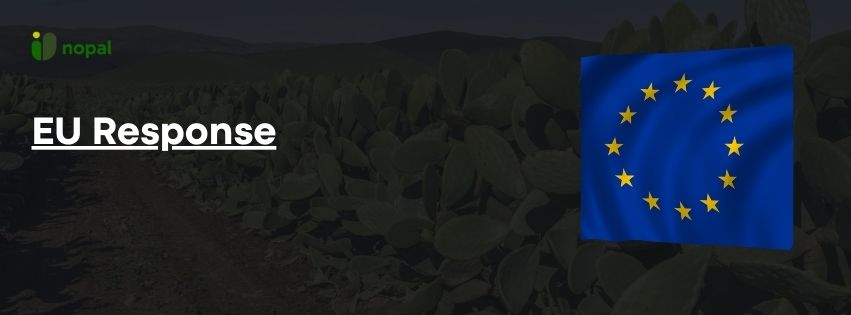Analyzing the EU’s Carbon Removal Certification and Green Claims Directive
The EU’s recent strides in adopting the European Carbon Removal Certificates Framework (CRCF) face a potential obstacle as stringent green claim rules loom large.
The CRCF, featuring four distinct carbon credit units, aims to facilitate carbon removals under the EU Emissions Trading System, contributing to negative emissions post-2040.
However, evolving regulations, especially those related to green claims, pose challenges that could impede companies from investing in these essential initiatives.
Carbon Removal Certification Framework: A Closer Look
The CRCF introduces four types of carbon credit units, each tailored to specific activities and crediting periods. These units range from the long-lasting Carbon Removal Unit to the Carbon Storage Product Unit.
The framework envisions a comprehensive strategy for addressing climate change by allowing companies to engage in carbon removal initiatives across various sectors.
Empowering Consumers Directive and Its Implications
Simultaneously, the Empowering Consumers Directive seeks to enhance transparency in product labeling, separating carbon footprints from offset information. While the directive aims to prevent greenwashing, concerns arise about its potential to discourage companies from investing in offsetting efforts, hindering overall emission reduction.
Key provisions include disallowing “climate-neutral” claims solely based on offsetting and emphasizing the communication of the actual lifecycle impacts.
Despite permitting insetting in the supply chain, the directive’s focus on actual lifecycle impacts might limit the flexibility companies need to embrace carbon offsetting fully.
Navigating the Green Claims Landscape
Linked to this, the Green Claims Directive, with over 800 proposed amendments, demands substantiation and verification for all green claims. The push for transparency and public disclosure could inadvertently block companies from investing in offsetting remaining emissions.
The directive, aligned with the Empowering Consumers text, may only permit balancing information on credits for residual fossil fuel emissions.
Striking a Balance for Climate Ambition
The evolving landscape of carbon credit regulations underscores the delicate balance required to maintain climate ambition. While the EU’s efforts aim to prevent greenwashing and enhance consumer awareness, the unintended consequence might be a hindrance to companies seeking to offset their carbon footprints fully.
Coherence with Existing and Emerging Regulations
As companies navigate this regulatory maze, aligning with existing and emerging regulations becomes critical. The Corporate Sustainability Reporting Directive (CSRD), European Sustainability Reporting Standards (ESRS), Sustainable Finance Disclosure Regulation (SFDR), and international initiatives like the Voluntary Carbon Markets Integrity Initiative provide a roadmap for companies to ensure their climate impact and mitigation efforts are consistent, credible, and aligned with global climate goals.
The EU’s pursuit of carbon removal credits faces a nuanced challenge as regulatory frameworks evolve. The delicate interplay between certification standards, green claims directives, and empowering consumers necessitates careful calibration to ensure companies can robustly invest in offsetting while meeting evolving sustainability goals. Balancing transparency, flexibility, and ambition will be key to fostering a resilient and effective carbon market.

